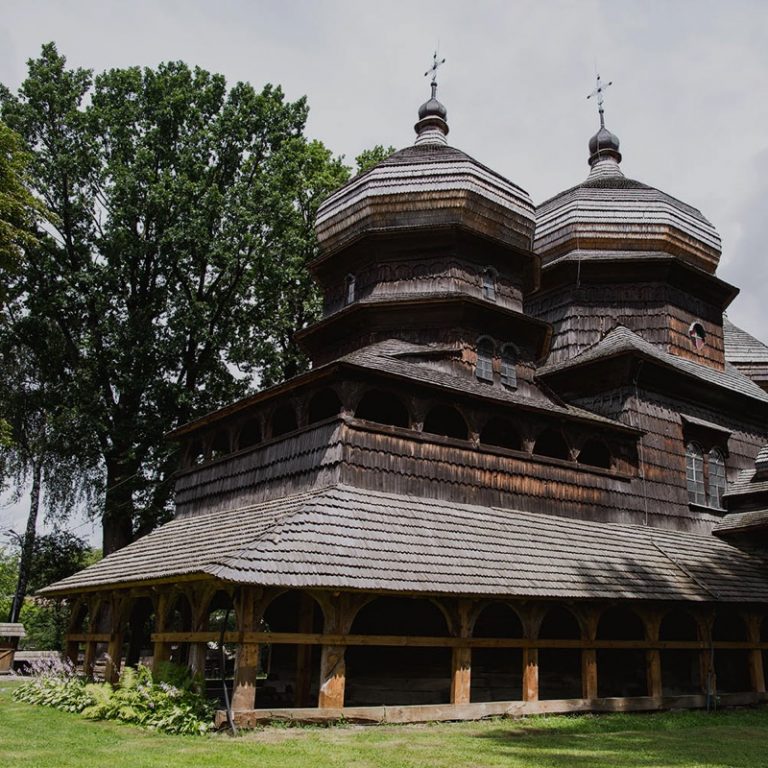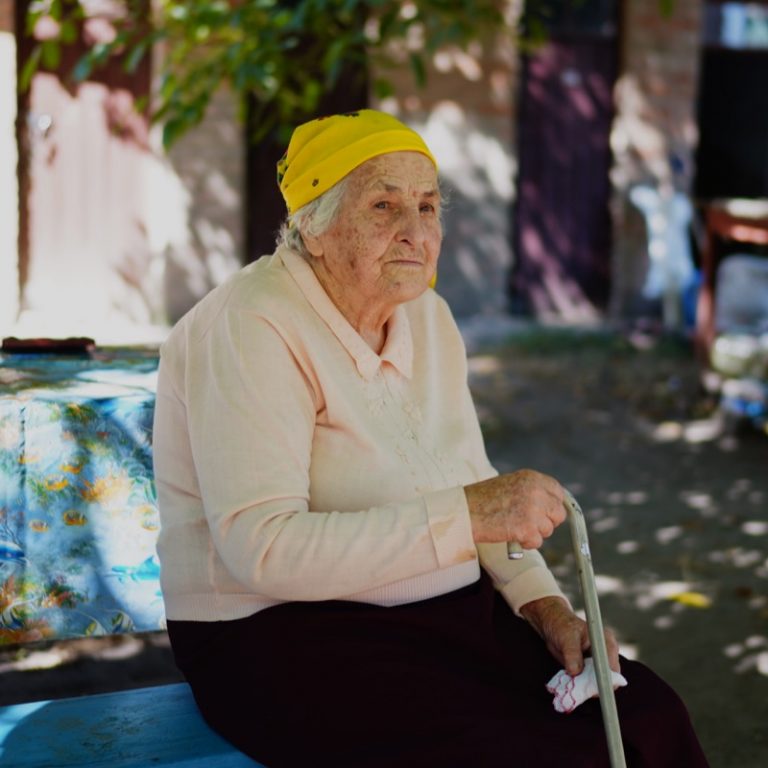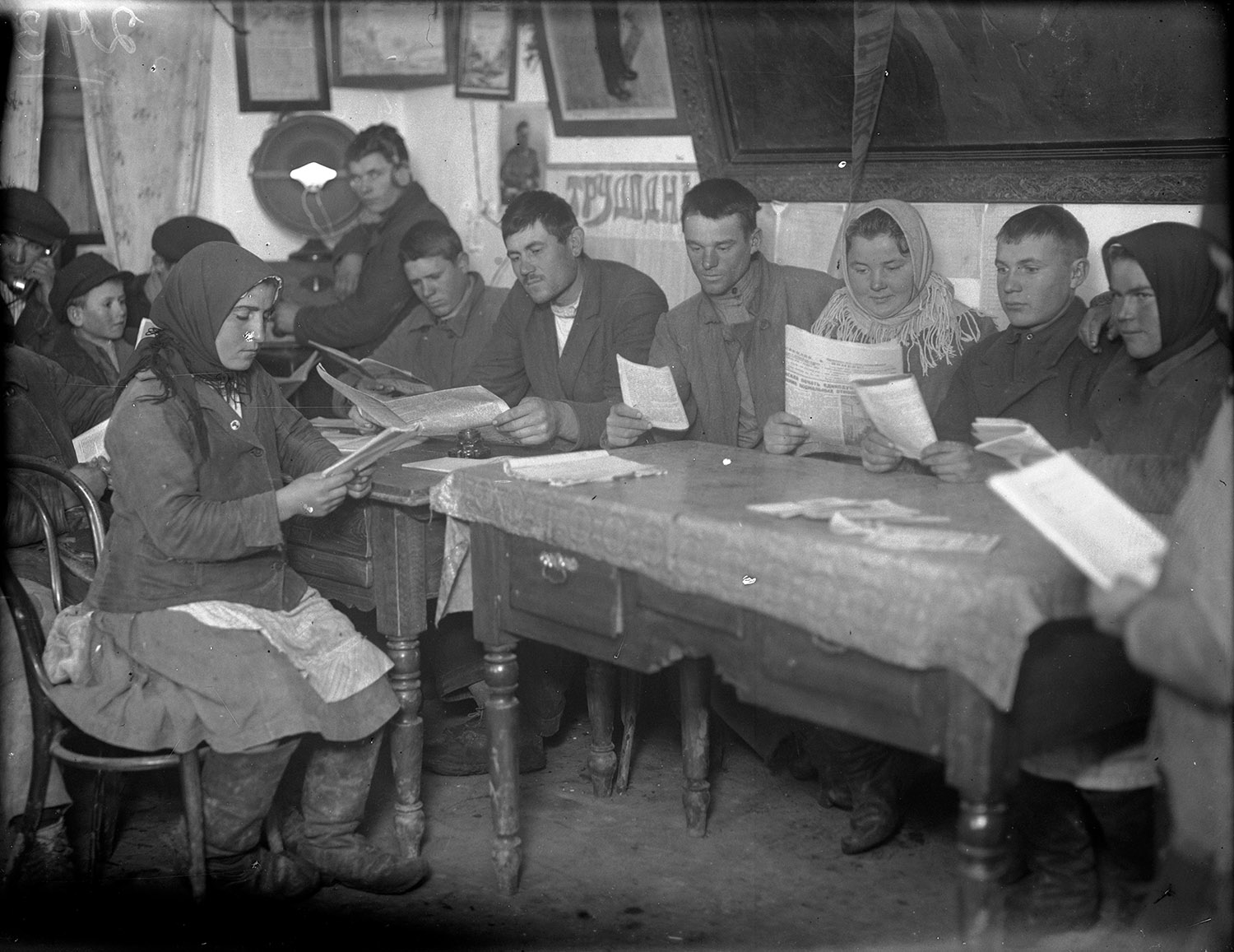
The world on the Holodomor: Tragedy in a global context
The crimes committed against humanity that become known globally certainly influence moral narratives across borders and geographical barriers. They point to the limits of humanism and human decency. This way guiding principles are established in a form of common history...
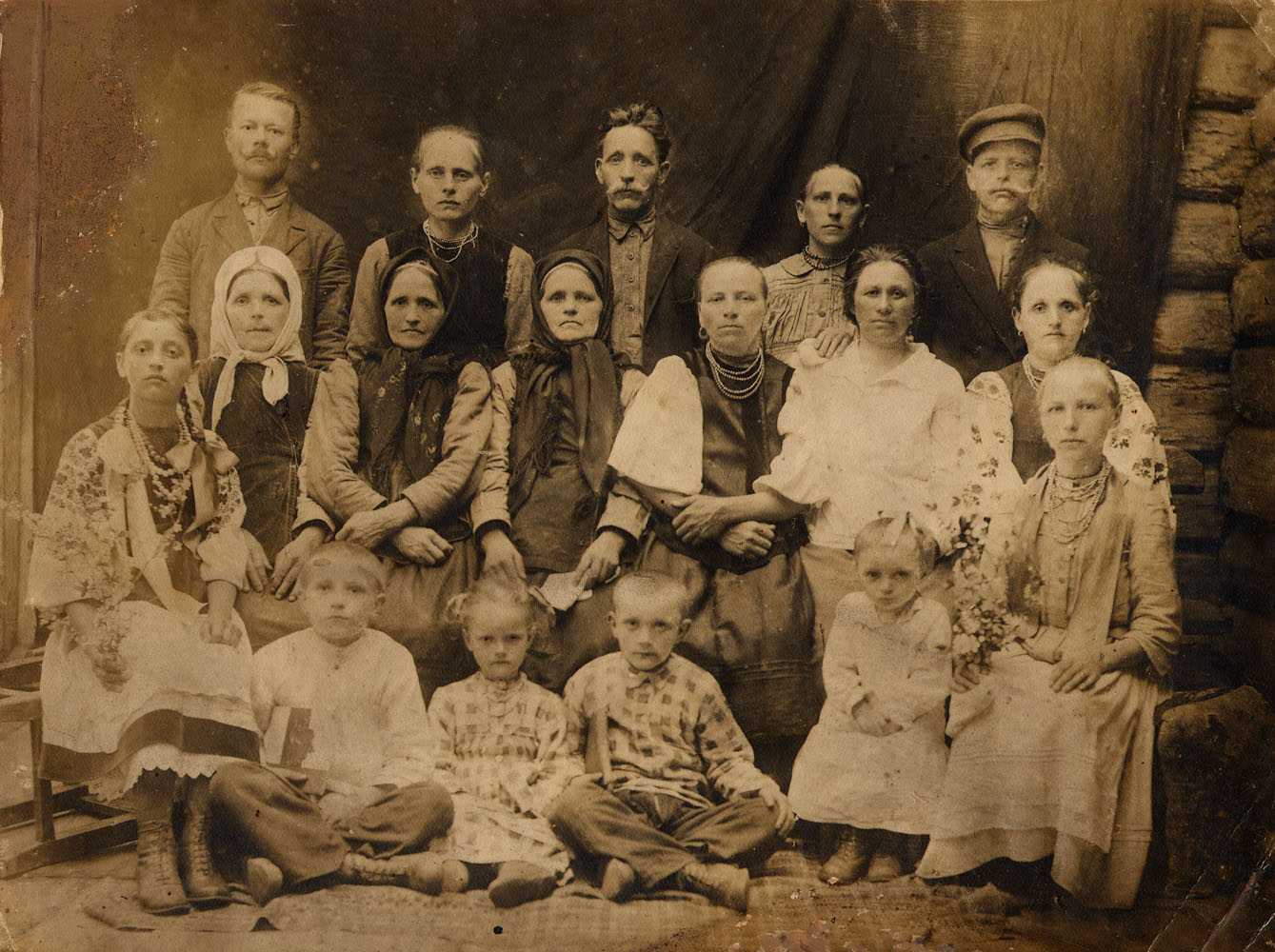
How does the Holodomor influence Ukraine today?
The Holodomor as a genocide of the Ukrainian nation organised by the Soviet regime had enormous consequences for Ukrainians. However, the scale of the trauma experienced and the changes that it brought can’t be placed in a history textbook and...
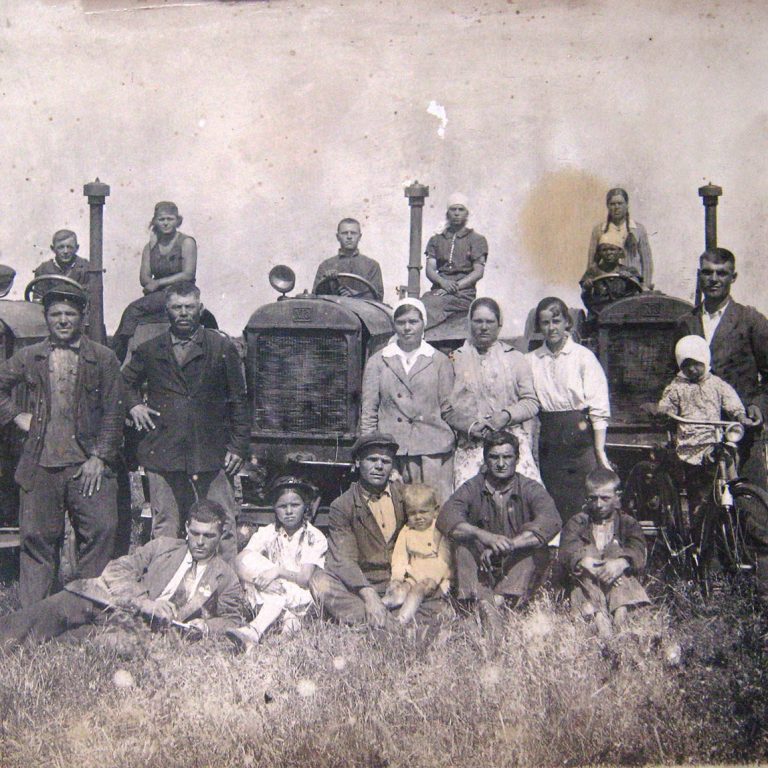
Common Lies about the Holodomor
In the second part of the explanatory series about the Holodomor, we decided to share the most famous and shocking fake facts about the 1932–1933 genocide in Ukraine. Most likely, you have heard many times that there was no Holodomor...
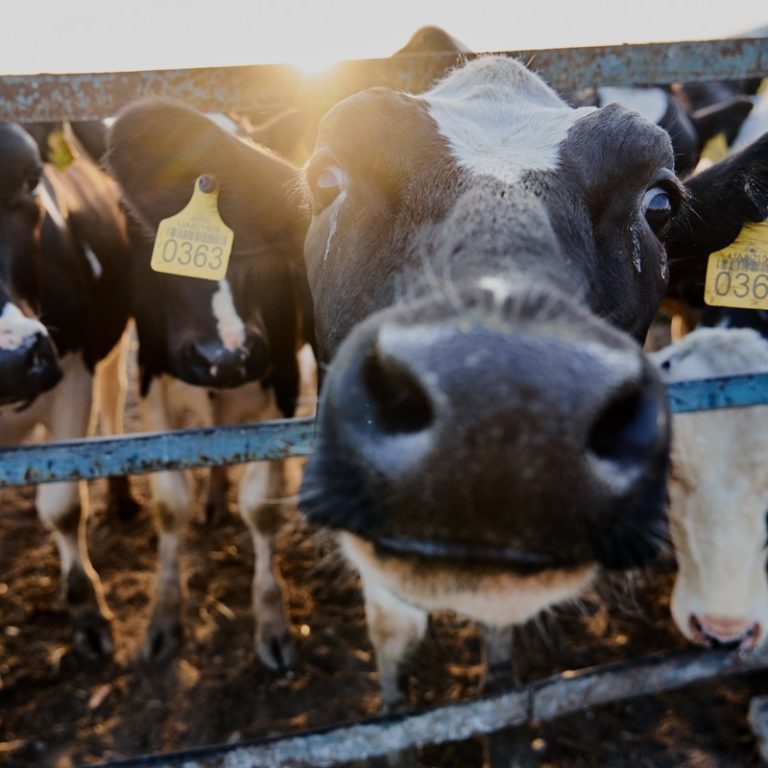
Starting an Organic Farm
In 2010, economist Valentyn Obshtyr quit the banking industry and started to revive the enterprise where his father had once worked. He bought out the assets belonging to a kolhosp in the village of Staryi Porytsk in Volyn and began...
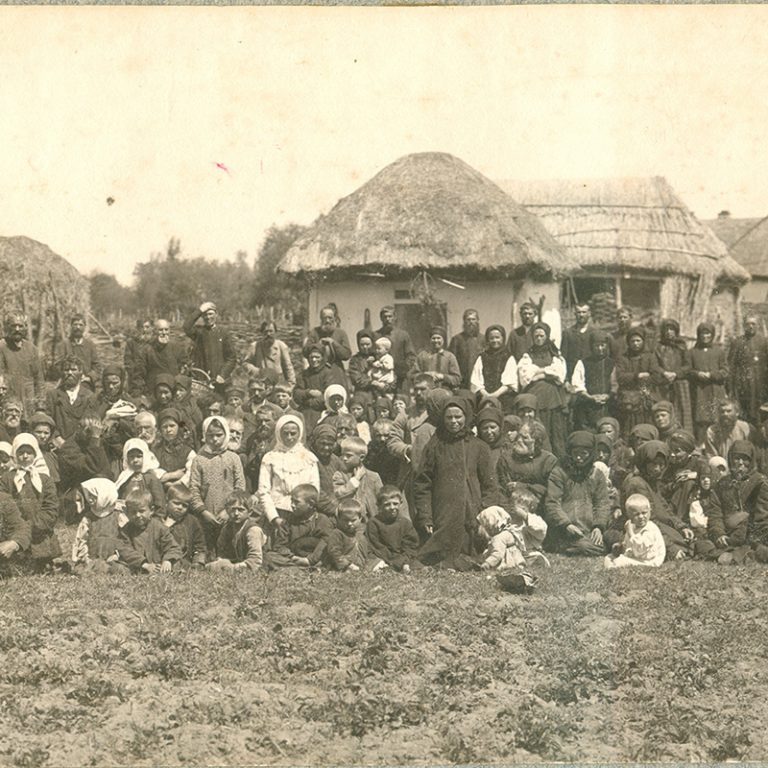
What is the Holodomor?
This publication opens a series of articles that explain the Holodomor topic. First of all, we’ll try to find out what the Holodomor was, and what had preceded this genocide of Ukrainians and one of the biggest crimes against humanity...
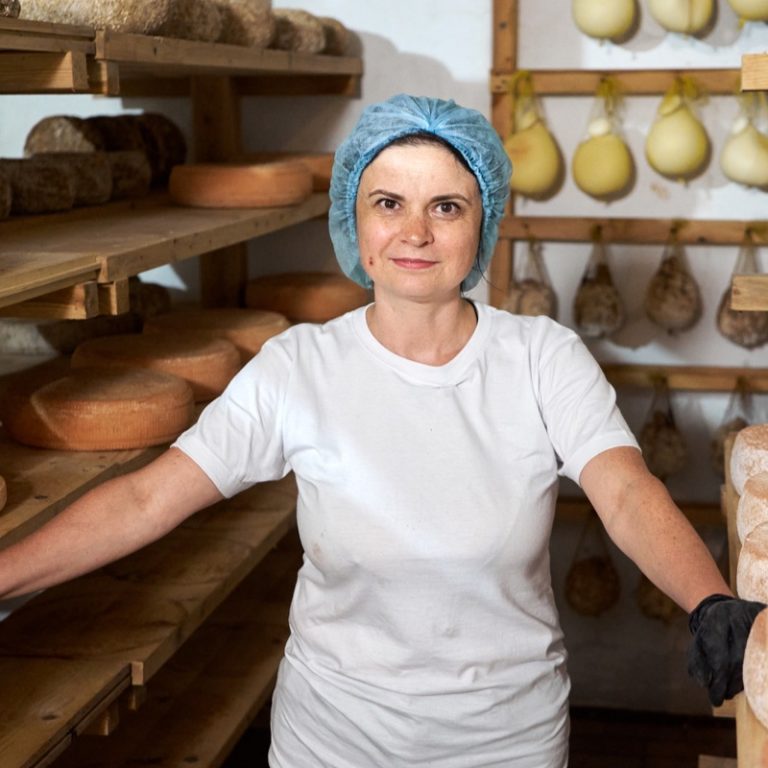
Jerseys and cheese
Viktoriia and Yaroslav Knysh set up a farm and creamery in the village of Selysko, Halychyna, where they produce butter, yoghurts and cheeses from natural cow, sheep and goat milk. After their friends set up a dairy farm with Jersey...
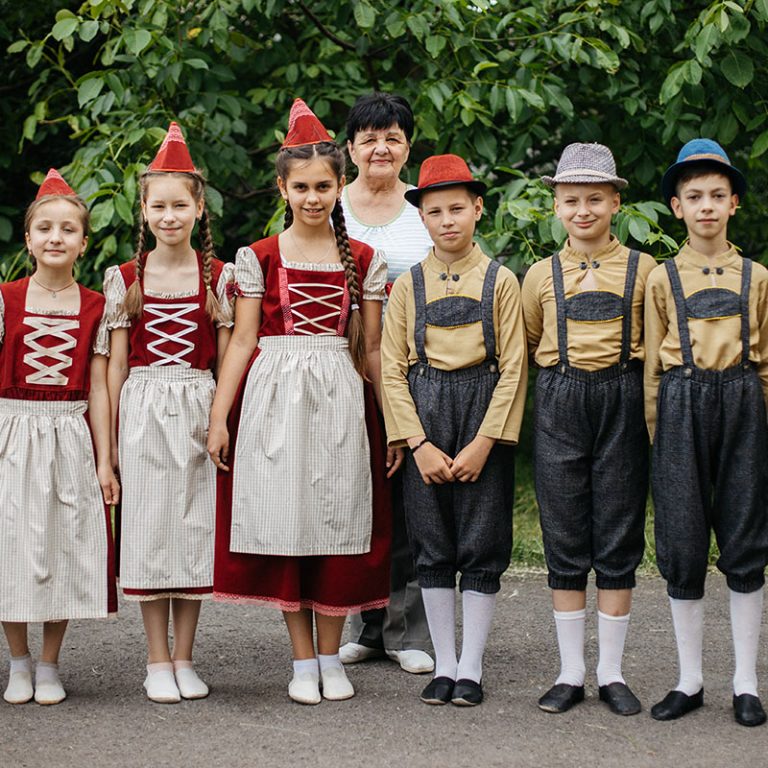
Germans of Ukraine. Who are they?
Out of the 30,000 ethnic Germans who spread out in almost all regions of Ukraine between the 9th and 20th centuries, around 3,000 live in cities and villages of Zakarpattia. The German settlers in this region best preserved local German...

They even took pillows away
Nadiia Korolova was born in the village of Ivankivtsi in Podillia region. When the Holodomor broke out, she was 10 years old. Podillia was among the first regions to start rioting against mass compulsory collectivisation (making villagers forcefully join collective...

